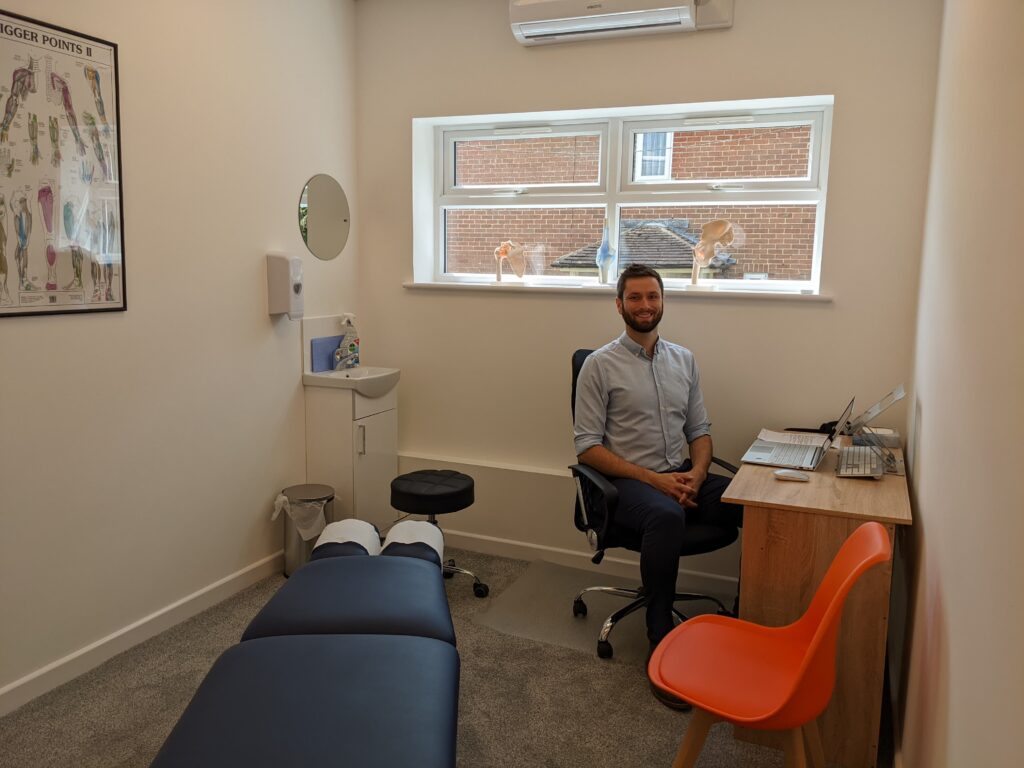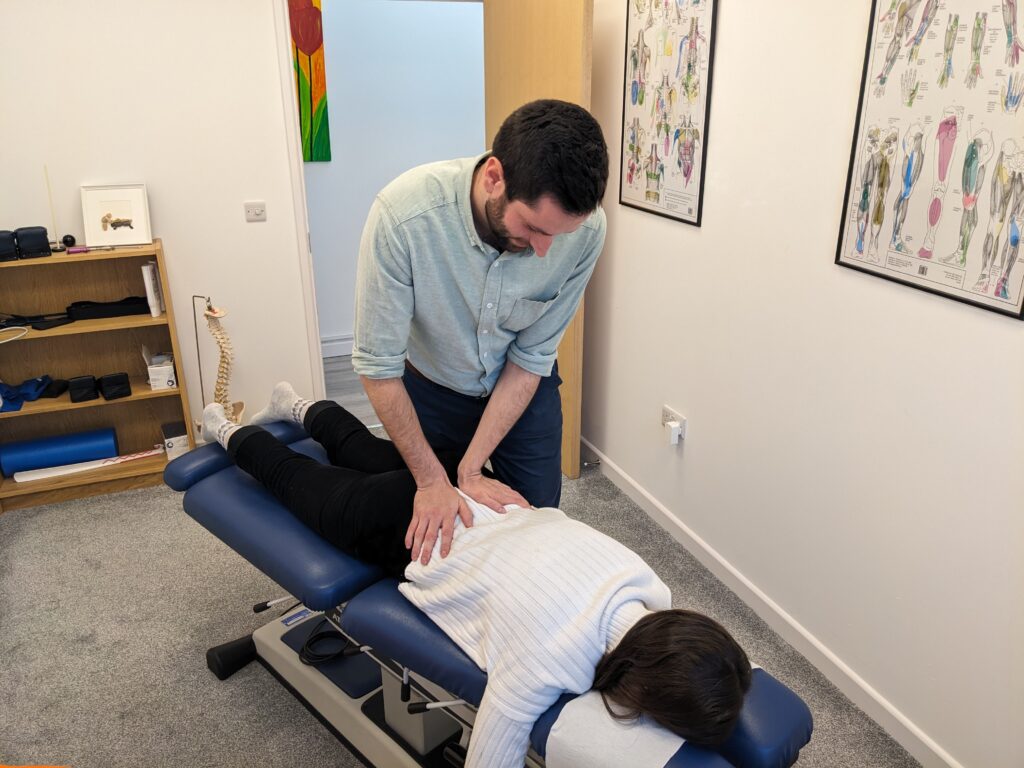Many people associate visiting a Chiropractor with dramatic cracking and popping sounds that occur during an adjustment (or what other professions may call manipulation). For some people this is quite a disconcerting thought, and it is something I often have to explain to patients to reassure them. For others, the sound of have their joints cracked or popped is quite desirable and they associate this with a release of pressure or reduction in pain.
In recent years there has been an explosion of videos on social media showing Chiropractors at work with a heavy emphasis on the cracking sound. A lot of my patients report to me that they watch these videos at home because they are quite satisfying and almost addictive.
A common misconception is that the sound is that of an air bubble popping inside your joint, however it is in fact the formation of an air bubble within the joint. All of our joints have a small amount of fluid in them that helps to lubricate the joint surfaces, this is called synovial fluid. When the pressure of that fluid rapidly decreases, nitrogen gas that was previously dissolved within the fluid forms into a bubble within the joint. We often refer to this as a cavitation.
It isn’t dissimilar to what happens when you open a carbonated drink. The change in pressure of the fluid as the bottle opens leads to a released of gas that was previously dissolved within the drink. It would be a stretch to say that you have fizzy joints though!
Another misconception is that the cracking sound is that of bone going back into place or clunking against another bone. Traditionally many Chiropractors pedalled the idea of them putting bones back in place through adjustments. I often see patients who were told many years ago by a Chiropractor that they had a bone out of place in their neck or back. There is no evidence to support this and thankfully this philosophy is dying out within our profession in favour of more evidence based explanations.

Is It Safe?
The formation of an air bubble within a joint is a completely normal part of our physiology. Many people crack their knuckles on a regular basis, and most of us hear our ankles crack when we first go down the stairs in the morning. This is all the same process that I described above. When a joint gets into a position where the fluid pressure is reducing, there is a possibility that an air bubble may form. This is much more likely to happen when the joint is at its end range of motion.
Generally speaking, people who are more flexible are more likely to hear their joints popping through general day to day movements. Their natural flexibility increases the likelihood that they will get into positions where their joints make a popping sound.
There is no evidence to suggest that the cracking sound has any detrimental effect on the joint. However, if to create that sound, someone has distorted their joint into an unnatural position then this could create problems. I see some patients who can crack their own backs by creating excessive twisting movements or grabbing their head and forcefully twisting it round. Whether the joint cracks or not, these are not good positions to be forcing your spine into and should be avoided. It isn’t the popping sound that is the problem here, but the movements created to achieve this.
This is why Chiropractors and other therapists who use manipulation study for many years to perfect these techniques. The value in an adjustment is more to do with the technique, skill and precision that is used rather than how many popping sounds are made.
A point that I emphasise to many of my patients is that we don’t have to do adjustments in order to relieve their pain. There are many other techniques that work well to reduce a patient pain and restore range of motion. Adjustments are not appropriate for certain patients, so we employ other techniques in these circumstances. Or, if a patient doesn’t like the idea of hearing their joints cavitating, then I am always happy to work around this to find the best solution for them.
Dr Alexander White MChiro DC



